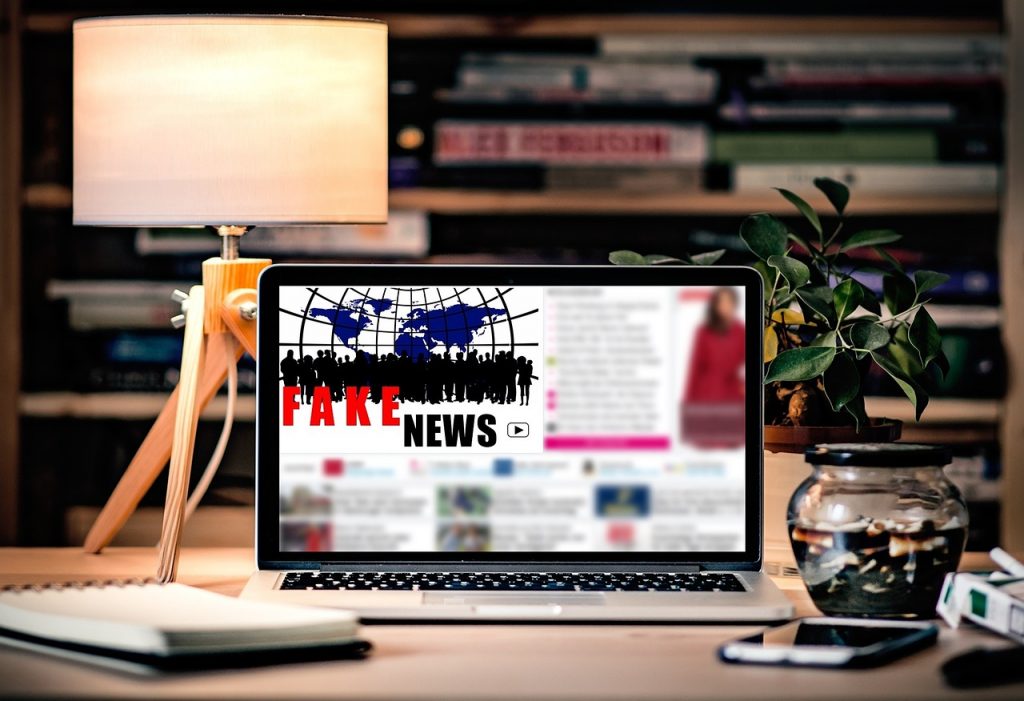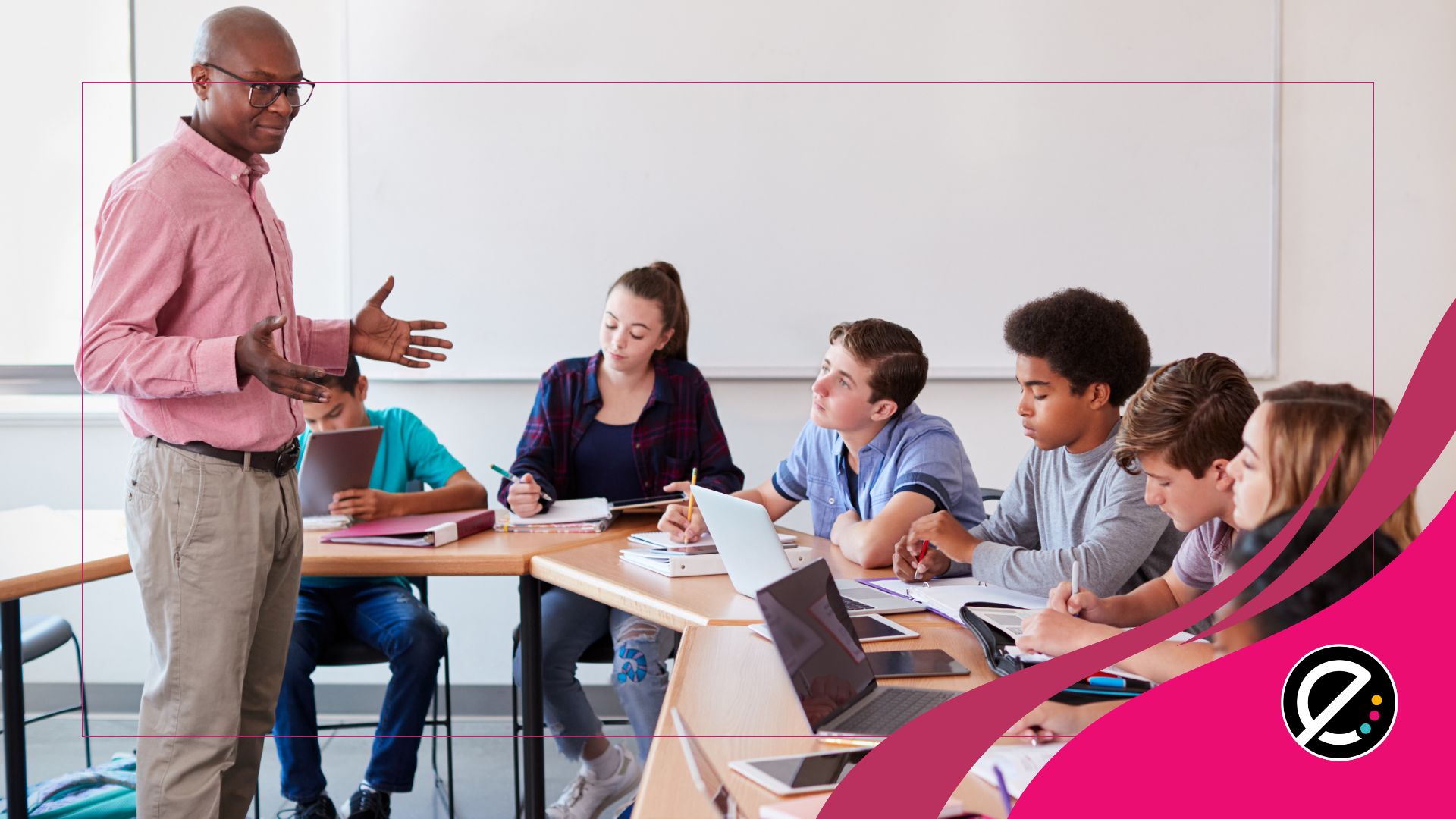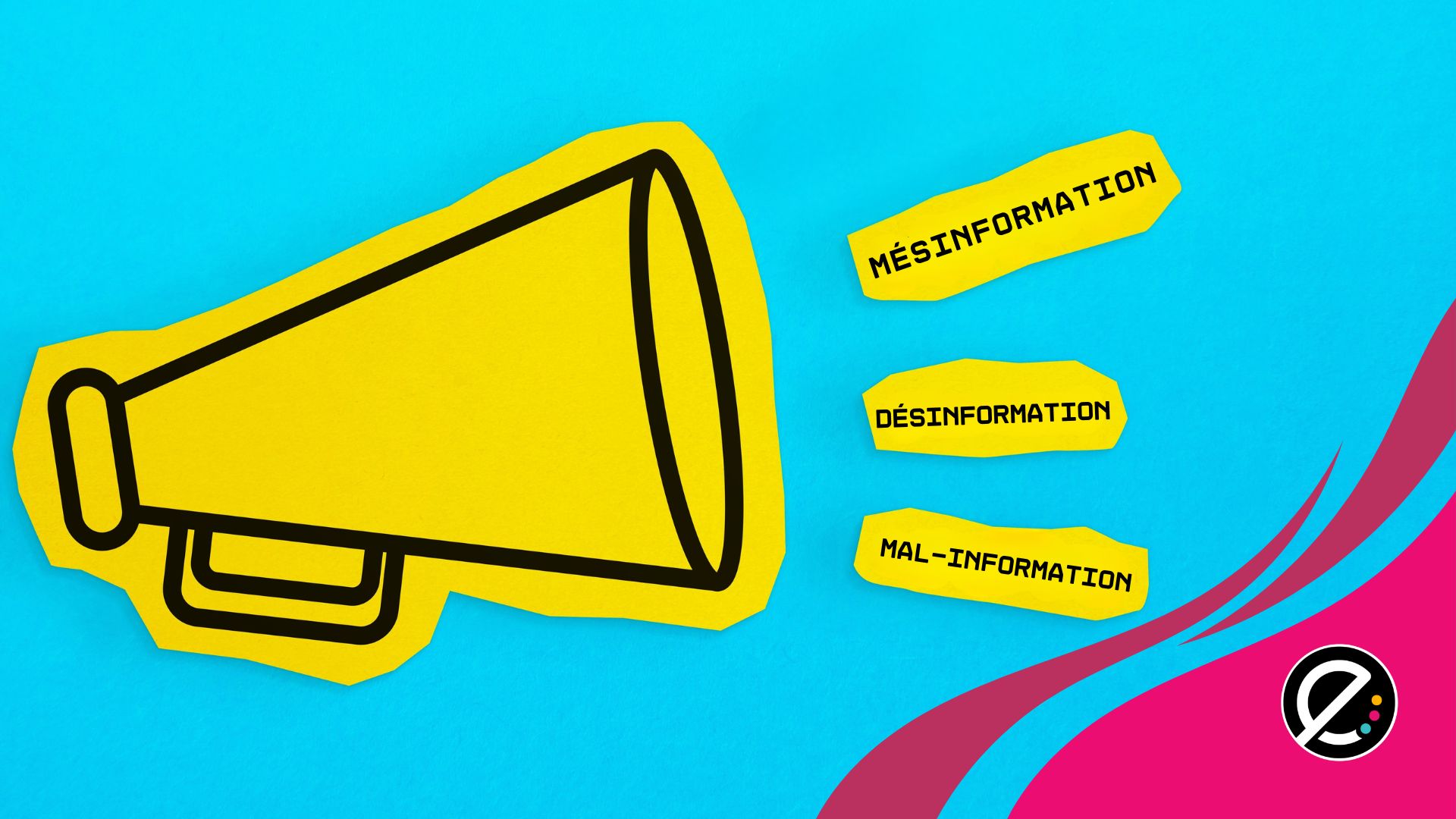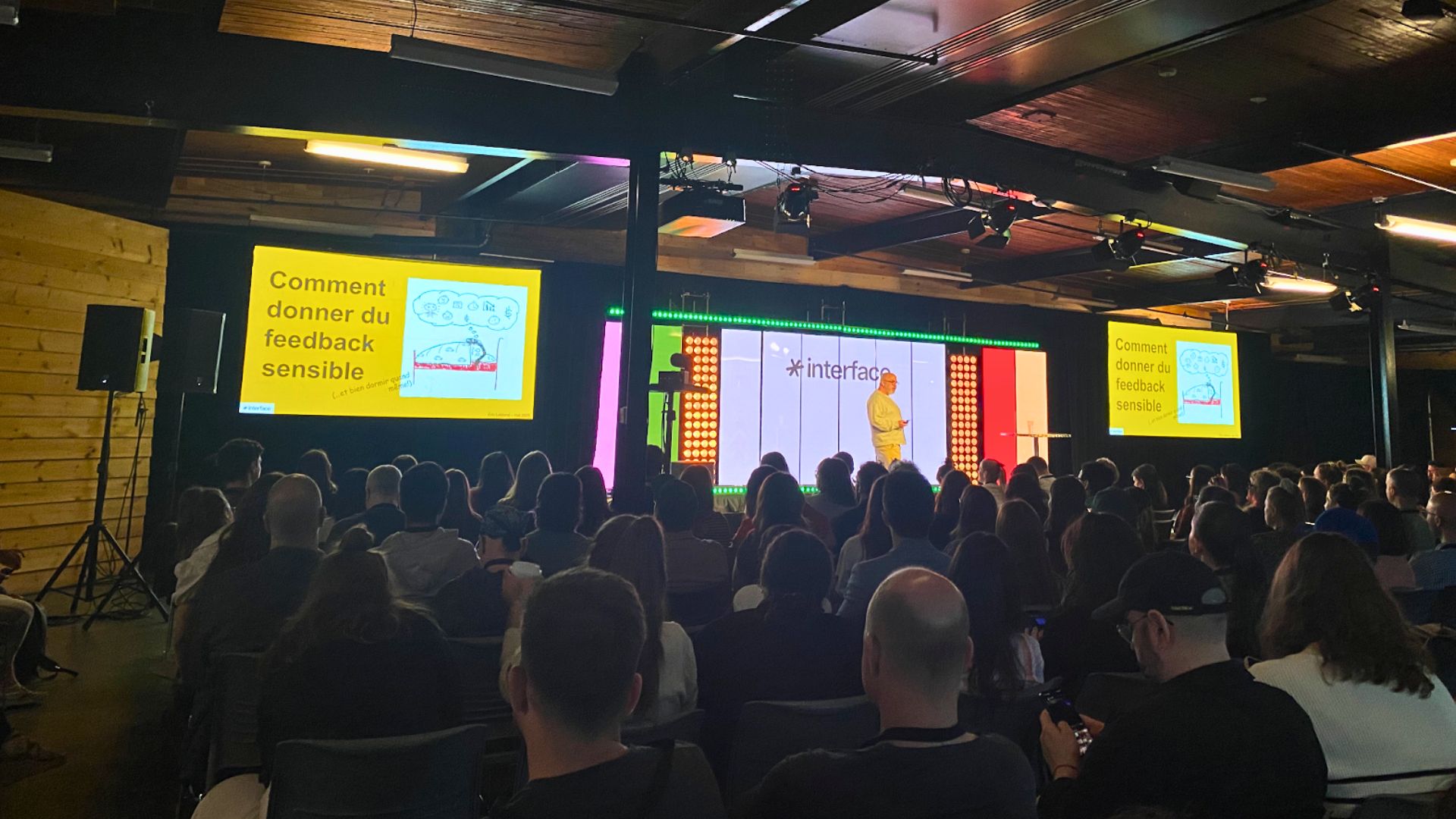Depuis que le Web et les réseaux sociaux sont en montée fulgurante du point de vue de la popularité, le phénomène des fausses nouvelles suit lui aussi la vague. En effet, avant, les faussetés circulaient de bouche à oreille ou étaient simplement bloquées et vérifiées quand venait le temps d’en parler en ondes (radio ou télévision) ou de l’écrire dans un journal.
(Le contenu de ce texte est tiré du site suivant : https://30secondes.org/module/quest-ce-quune-fausse-nouvelle/)
Maintenant que tout le monde a accès à la quasi-totalité des plateformes pour s’exprimer, comment différencier le vrai du faux? Quel est le rôle de l’école dans tout ça? Les professionnels derrière #30secondes avant d’y croire nous proposent des pistes d’explications et des formations pour aider nos jeunes à s’y retrouver.
Les fausses nouvelles : un phénomène bien présent
L’expression “fake news” popularisée lors de l’élection de Donald Trump ne sort pas de nulle part. En fait, nous sommes tous entourés de nouvelles qui n’en sont pas réellement et qui ont un autre but que de nous informer, soit de nous désinformer. En fait, une fausse nouvelle, ça a l’allure d’une vraie nouvelle. Pourtant elle est faite pour tromper les gens. Cela peut profiter politiquement, socialement ou économiquement à quelqu’un ou à un regroupement de personnes. Il y a plusieurs types de fausses nouvelles : celles qui font peur, celles qui visent à vendre un produit, celles qui entretiennent des mythes et/ou des complots, celles qui sont des canulars, etc. Plus nous en parlons, plus elles seront présentes et plus l’impact négatif sera important.
Nos élèves sont donc confrontés tous les jours à ce genre de contenu étant donné leur utilisation grandissante des outils numériques. En tant que pédagogue, il est de notre devoir de les sensibiliser et de leur donner des pistes afin de discerner le vrai du faux.
La formation de la Fédération professionnelle des journalistes du Québec
Cet organisme offre aux écoles de deuxième cycle la possibilité de vivre une formation basée sur des recherches et des constats en lien avec la consommation Web des élèves de cet âge. En ayant en tête que la première source d’information des jeunes est internet, on leur propose des outils de repérage de fausses nouvelles et de la sensibilisation en lien avec l’impact que peuvent avoir les nouvelles créées de toutes pièces.
L’outil pédagogique présenté par les journalistes qui se déplacent dans les établissements scolaires contient non seulement des exemples susceptibles d’intéresser leur jeune auditoire, mais également des explications pour mieux comprendre le travail journalistique, donc pour mieux saisir l’impact positif d’une presse responsable.
En somme, c’est un tout-inclus au sujet des fausses nouvelles animé par des gens qui font de vraies nouvelles! Comment être plus crédible?
Afin de profiter de cette formation, rendez-vous sur le site internet suivant et inscrivez-vous directement en ligne. Il est également possible de consulter des fiches complémentaires afin de poursuivre dans le même contenu suite à la formation.
Bonne découverte!

Voici des ressources pour enseigner les fausses nouvelles à vos élèves:
- Contrer le phénomène des fausses nouvelles (30secondes.org)
- Comment repérer les fausses nouvelles (banq.qc.ca)
- Le détecteur de fausses nouvelles (SAÉ de Québec Numérique)
- Vers une identité positive à l’ère du numérique (SAÉ de la CSDL)














